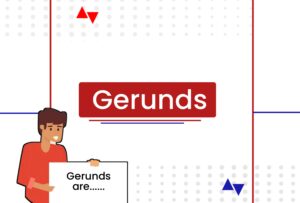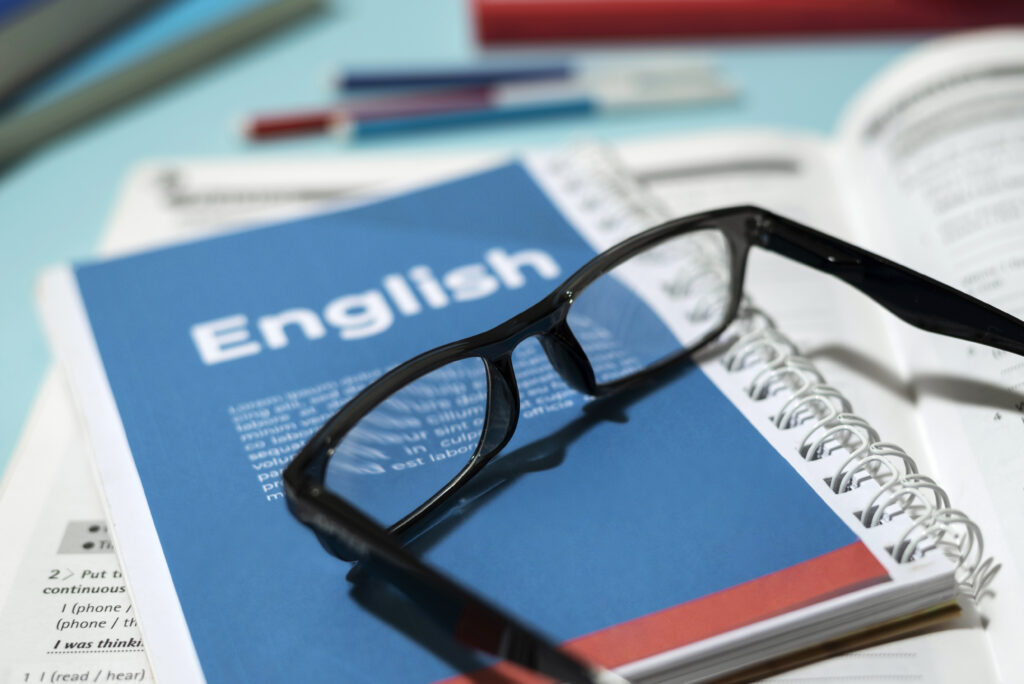Est. reading time: 4 minutes
A gerund is commonly used in the English language, and this article will explain in detail what a gerund is with numerous examples to help you confidently identify and use them in your writing and speech.
What is a Gerund?
A gerund is popularly used in sentences, and it’s a verb form ending with ‘-ing’ that functions as a noun in a sentence. A good example of a gerund is ‘Dancing is an exercise’; dancing in this sentence is a gerund given that it’s a verb form that ends with ‘-ing’ but acts as a noun.
When we were defining gerund, we mentioned that it is a verb form that functions as a noun. Just like nouns, gerunds can be the subject, direct object, object of a preposition, etc. We will explain this better in the article.
Functions of Gerunds in a Sentence
In the English language, gerunds serve various functions in sentences and can be used in different ways. The use of gerunds in writing and speaking can help you express yourself naturally.
Let’s check out the major ways gerunds can be used in the English language while highlighting their different roles as well as their examples:
1. A gerund functions as the subject of a sentence.
Example:
- Swimming is a great exercise.
- Dancing is fun.
2. Subject Complement: When a gerund follows a linking verb and describes the subject.
Example:
- His favourite activity is swimming.
- My side hobby is writing.
- One of her talents is singing.
3. A gerund functions as the object of a verb.
Example:
- She enjoys reading.
- They dislike sweeping.
- The children love playing.
4. Object of a Preposition:
This is when a gerund follows a preposition in a sentence.
Example:
- They talked about hiking.
- She is afraid of swimming.
- Ella is good at singing.
5. Appositive:
This occurs when a gerund renames or explains a noun.
Example:
- Her hobby, painting, is very relaxing.
- My passion, writing, keeps me busy.
How to Identify Gerunds in Sentences
Identifying gerunds in sentences involves recognising the verb form ending in ‘-ing’, which functions as a noun. Here are some steps to help you identify gerunds:
1. Look for a verb’s ‘-ing’ form, as gerunds always end in ‘-ing’.
Example:
- Dancing is fun. (‘Dancing’ is the ‘-ing’ form of the verb ‘dance’.)
2. Check its function in the sentence.
Determining if the ‘-ing’ word acts as a noun is important. If it is, then it’s a gerund; if not, then it’s not a gerund. You can refer to the section where we talked about the functions of gerunds in a sentence.
3. Differentiate from present participles.
Present participles also end in ‘-ing’ and are often mistaken as gerunds. However, to differentiate them, past participles act as adjectives or form continuous verb tenses, while gerunds act as nouns.
Example:
Gerund: I enjoy writing. In this sentence, ‘writing’ is a noun and the object of the verb ‘enjoy’).
Present Participle: The swimming dog is tired. (Here, ‘swimming’ describes the dog, acting as an adjective.)
In essence, focusing on the function of the ‘-ing’ word in the sentence can help you identify gerunds effectively.
Common Gerund Mistakes to Avoid
When using gerunds, it is important to be aware of some common mistakes. This is to ensure clarity and grammatical accuracy. Here are a few common mistakes and how to avoid them:
1. Confusing Gerunds with Present Participles
Mistaking gerunds as present participles and vice versa is a major mistake when it comes to gerund identification.
Example: Running quickly tires me out. (‘Running’ is a gerund here, acting as the subject.)
What you have to do when you see a similar sentence is check the function of the verb ending with ‘-ing’. If the ‘-ing’ form acts as a noun, it is a gerund. If it acts as an adjective or forms a continuous tense, it is a participle.
2. Using Incorrect Possessive Form
Not using the possessive form before a gerund when necessary is wrong in the English language.
Example: I appreciate you coming. (This focuses on appreciating the person rather than the action.)
Correction: I appreciate your coming. (This correctly focuses on the action of coming.)
3. Misplacing Gerunds
When it comes to writing and speech, gerunds are to be placed accordingly. Placing gerunds awkwardly in a sentence might not look good in your writing or speech
Example: She enjoys reading books and reading magazines.
Correction: She enjoys reading books and magazines. (Consistent gerund use.)
From the examples above, you can see how the gerunds are being used. It would have been a different case if the sentence said, ‘She enjoys reading books and watching movies.’ ‘Reading’ and ‘watching’ are both gerunds, but they are performing different actions.
4. Redundant Use
Often, gerunds are used redundantly with verbs that imply the same action.
Example: He is considering about going.
Correction: He is considering going.
Tips to Avoid These Mistakes
1. Identify the Function
Always check if the ‘-ing’ form is acting as a noun (gerund) or an adjective/part of a verb (participle).
2. Use Possessives
When the gerund is the object of a sentence and you need to specify who is acting, use the possessive form (e.g., ‘your singing’).
3. Maintain Consistency
Keep verb forms consistent, especially when listing.
4. Double-Check Prepositions
Ensure the correct preposition is used with the gerund.
By being mindful of these common errors and following these tips, you can use gerunds more accurately and effectively in both writing and speaking.
Benefits of Using Gerunds:
1. Conciseness
Gerunds can make sentences more concise and simple by turning actions into noun forms. Instead of ‘The fact that he swims every day keeps him fit’, you can say, ‘Swimming every day keeps him fit’.
2. Variety
Using gerunds can add variety to sentence structures, making writing and speech more engaging. Alternating between gerunds and other noun forms or structures also prevents repetition.
3. Emphasis on Actions:
Gerunds emphasize actions as activities or states, making them the main point in a sentence. ‘Reading is essential for growth’. You can see how ‘Reading’ in this sentence highlights the importance of the activity.
By using gerunds effectively, you can enhance clarity and variety in both writing and speaking.
Conclusion
With every point made in this article, you should be able to identify and differentiate between a gerund and a past participle in a sentence. Being able to do this will help your writing and speech.


